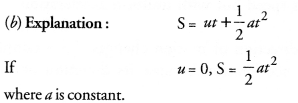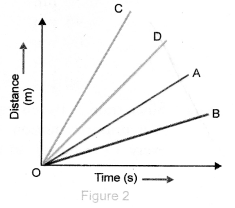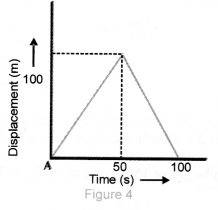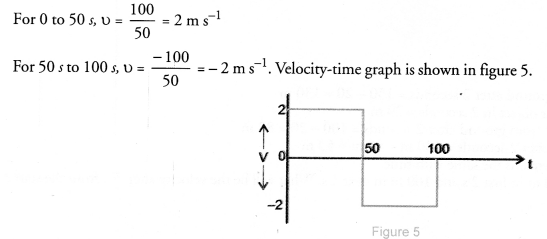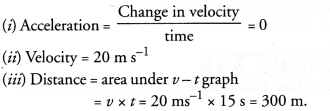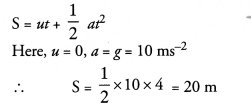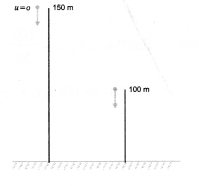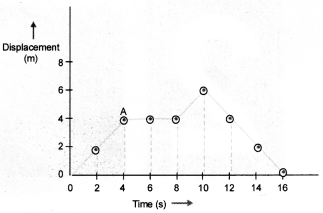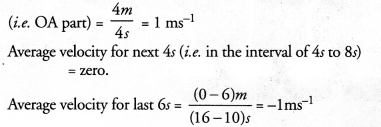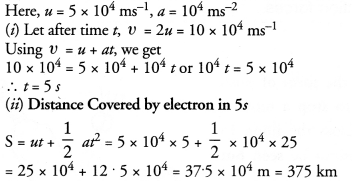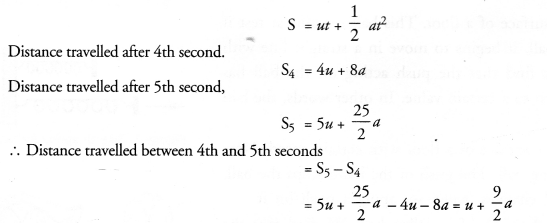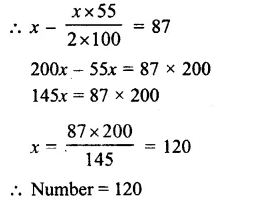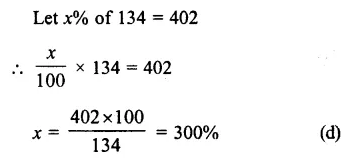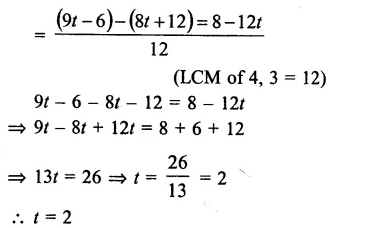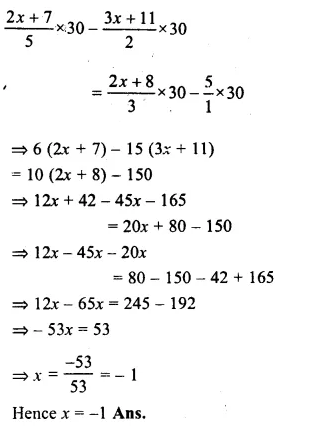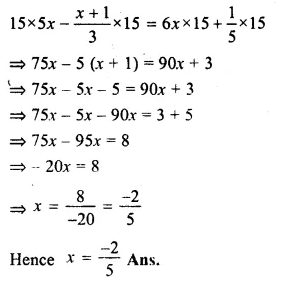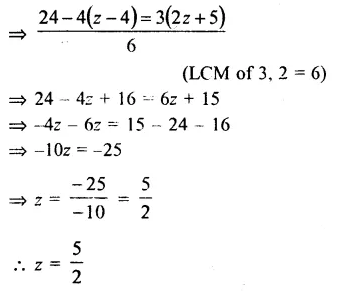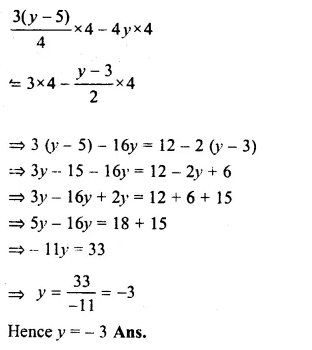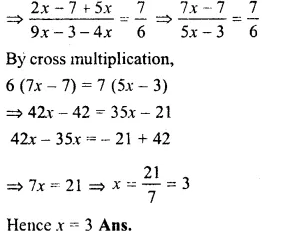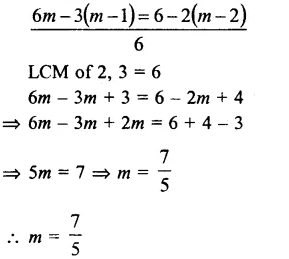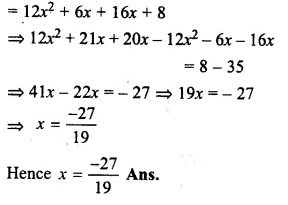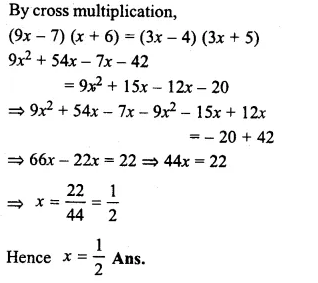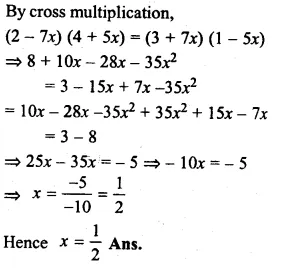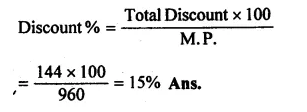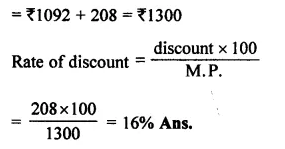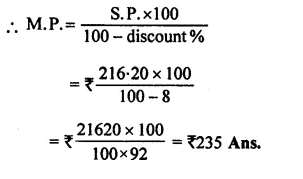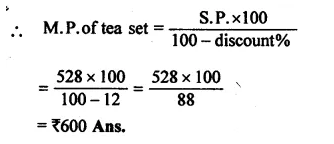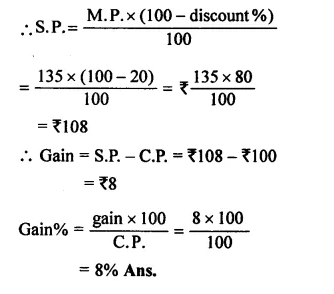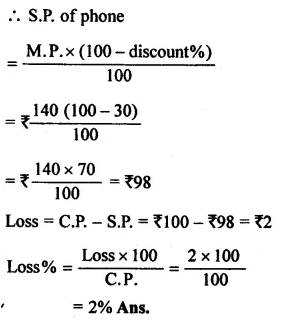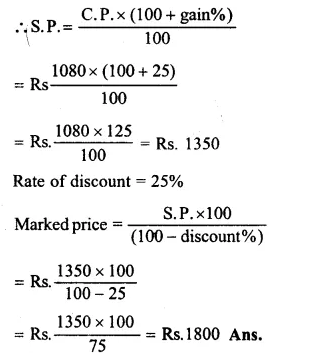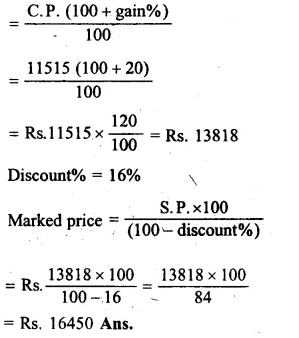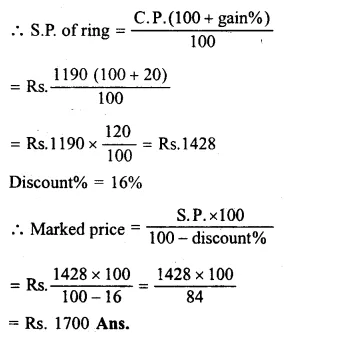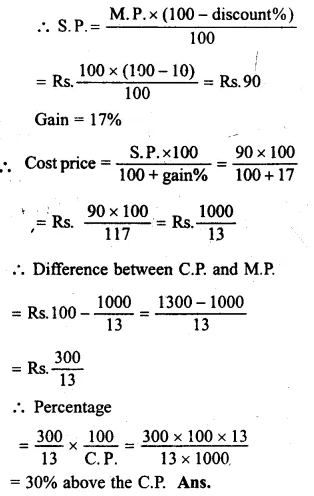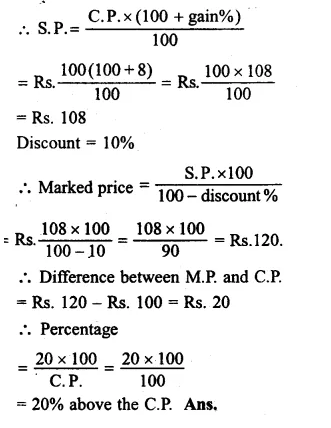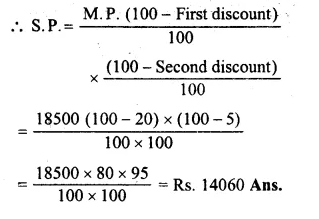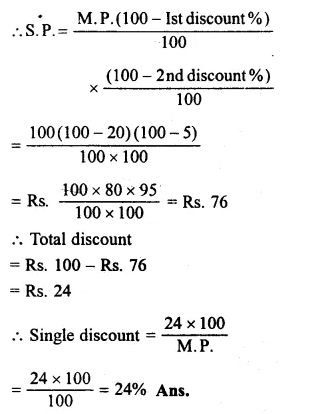RD Sharma Class 9 Solutions Chapter 15 Areas of Parallelograms and Triangles Ex 15.1
These Solutions are part of RD Sharma Class 9 Solutions. Here we have given RD Sharma Class 9 Solutions Chapter 15 Areas of Parallelograms and Triangles Ex 15.1
Other Exercises
- RD Sharma Class 9 Solutions Chapter 15 Areas of Parallelograms and Triangles Ex 15.1
- RD Sharma Class 9 Solutions Chapter 15 Areas of Parallelograms and Triangles Ex 15.2
- RD Sharma Class 9 Solutions Chapter 15 Areas of Parallelograms and Triangles Ex 15.3
- RD Sharma Class 9 Solutions Chapter 15 Areas of Parallelograms and Triangles Ex 15.4
- RD Sharma Class 9 Solutions Chapter 15 Areas of Parallelograms and Triangles Ex 15.5
- RD Sharma Class 9 Solutions Chapter 15 Areas of Parallelograms and Triangles VSAQS
- RD Sharma Class 9 Solutions Chapter 15 Areas of Parallelograms and Triangles MCQS
Question 1.
Fill in the blanks: [NCERT]
(i) All points lying inside / outside a circle are called …….. points / ………. points.
(ii) Circles having the same centre and different radii are called …….. circles.
(iii) A point whose distance from the centre of a circle is greater than its radius lies in …….. of the circle.
(iv) A continuous piece of a circle is …….. of the circle.
(v) The longest chord of a circle is a ……… of the circle.
(vi) An arc is a …….. when its ends are the ends of a diameter.
(vii) Segment of a circle is the region between an are and ……..of the circle.
(viii)A circle divides the plane, on which it lies, in …….. parts.
Solution:
(i) All points lying inside / outside a circle are called interior points / exterior points.
(ii) Circles having the same centre and different radii are called concentric circles.
(iii) A point whose distance from the centre of a circle is greater than its radius lies in exterior of the circle.
(iv) A continuous piece of a circle is arc of the circle.
(v) The longest chord of a circle is a diameter of the circle.
(vi) An arc is a semi-circle when its ends are the ends of a diameter.
(vii) Segment of a circle is the region between an arc and centre of the circle.
(viii) A circle divides the plane, on which it lies, in three parts.
Question 2.
Write the truth value (T/F) of the following with suitable reasons: [NCERT]
(i) A circle is a plane figure.
(ii) Line segment joining the centre to any point on the circle is a radius of the circle.
(iii) If a circle is divided into three equal arcs each is a major arc.
(iv) A circle has only finite number of equal chords.
(v) A chord of a cirlce, which is twice as long is its radius is a diameter of the circle.
(vi) Sector is the region between the chord and its corresponding arc.
(vii) The degree measure of an arc is the complement of the central angle containing the arc.
(viii)The degree measure of a semi-circle is 180°.
Solution:
(i) True.
(ii) True.
(iii) True.
(iv) False. As it has infinite number of equal chords.
(v) True.
(vi) False. It is a segment not sector.
(vii) False. As total degree measure of a circle is 360°.
(viii) True.
Hope given RD Sharma Class 9 Solutions Chapter 15 Areas of Parallelograms and Triangles Ex 15.1 are helpful to complete your math homework.
If you have any doubts, please comment below. Learn Insta try to provide online math tutoring for you.

